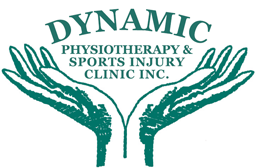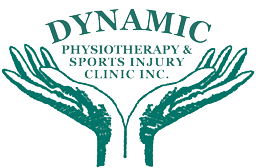Metatarsalgia Treatment
Metatarsalgia
Metatarsalgia is a generalized term for foot pain experienced in the metatarsal bones of the foot. Metatarsalgia may occur with pesplanus (flat foot) or pescavus (high arches). Metatarsals are the long thin bones approximately in the middle of the foot, and are numbered one through five. Number one metatarsal is the bone referencing to the big toe, whereas number five is the bone referencing the baby toe. This area or ball of the foot often becomes inflamed. Metatarsalgia is often most noticeable in activities that involve running and jumping, and where improper shoes can contribute to the condition.
Metatarsalgia is a condition that tends to be very painful and often can sideline people. Ice and rest can help relieve symptoms of metatarsalgia. Good proper footwear with a properly fitted orthotic if required can be very beneficial.
Signs & Symptoms Of Metatarsalgia
- Sharp aching or burning pain to the ball of the foot (the area just behind the toes)
- Pain worsens when you stand, run, flex your feet or walk (especially barefoot and on hard surfaces such as hardwood floors or ceramic floors)
- Sharp and shooting pain numbness and tingling in the toes may be present
- Often will feel as if you have a small rock or pebble in your shoe
Causes Of Metatarsalgia
- Intense training or activities where the front of the foot absorbs significant force, high impact sports such as running or jumping
- A client with high arches will tend to have extra pressure placed on the metatarsals
- Foot deformities which could occur from wearing too small shoes or high heeled shoes can significantly cause more pressure on the metatarsals
- Overweight where the extra weight is transferred to your forefoot causing more pressure on the metatarsals
- Improper fitting shoes
- Stress fracture in the metatarsals can lead to metatarsalgia
Treatment Of Metatarsalgia
- Treatment will initially focus on alleviating pain and inflammation as well as any swelling that is contributing to metatarsalgia
- Focusing on the arches of the foot, tendons, and muscles to stabilize and remove any inflammatory factors
- An observation of the foot to determine if pesplanus or flat feet or high arches are contributing to the symptoms of metatarsalgia
- If factors such as flat foot or high arches are observed, we may recommend a custom made foot orthotic which can help to correct the arch and help reduce pain and discomfort of metatarsalgia
If you have any questions about Metatarsalgia contact our staff at Dynamic Physiotherapy.

